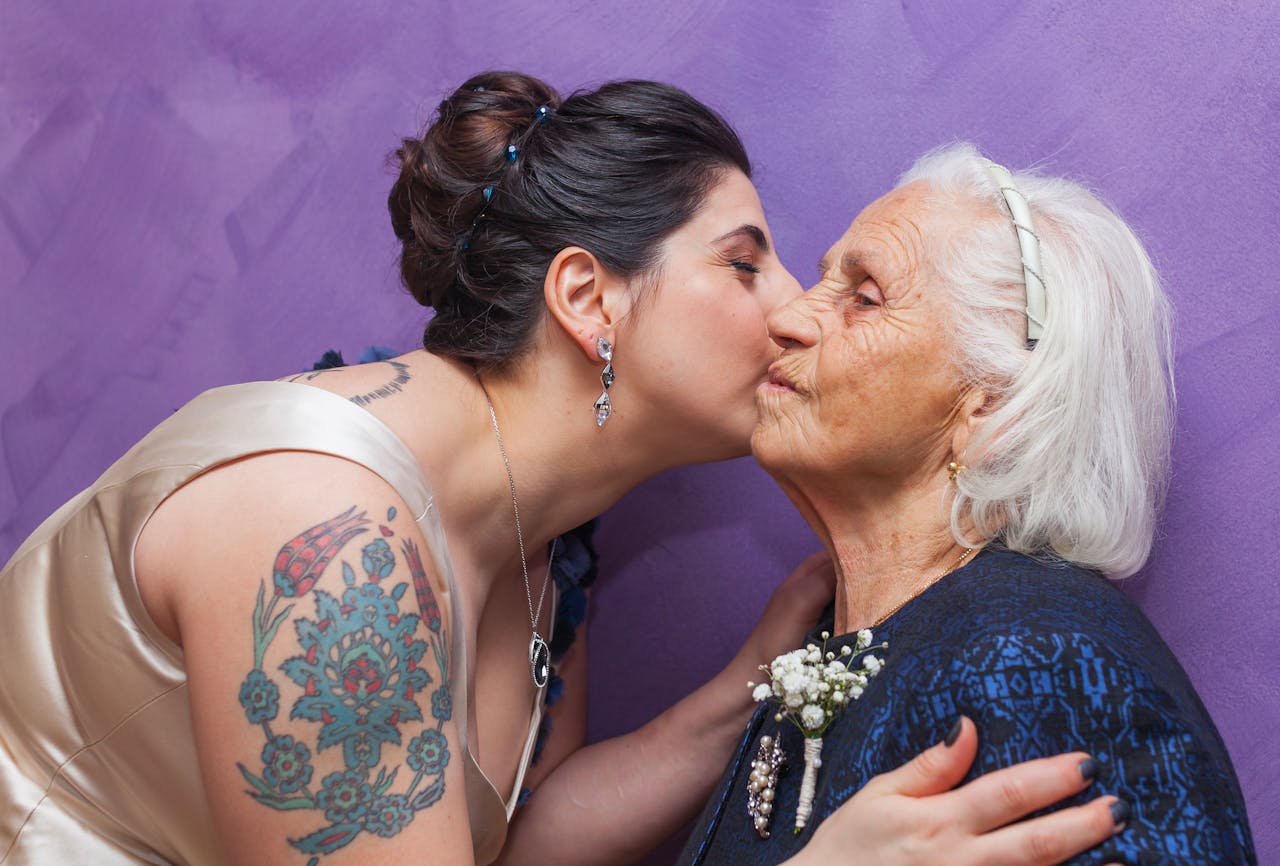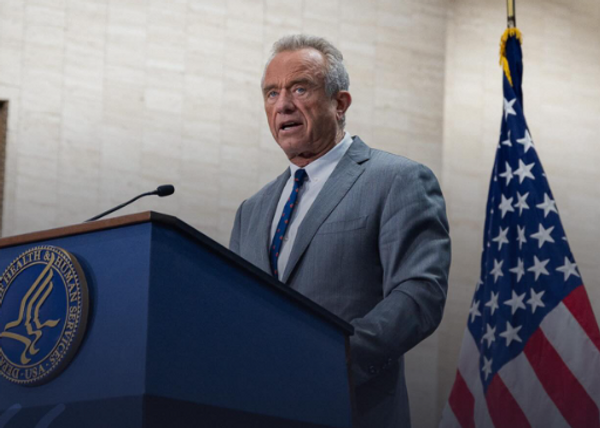
Most of us want our parents to age in the comfort of their own home. It feels like the right and loving thing to do, a way to honor their independence and the life they built. But this decision, made with the best intentions, carries quiet costs. These aren’t just financial; they are emotional, physical, and social burdens that can build up over time. The reality of aging at home alone is far more complex than many families anticipate. Understanding these hidden challenges is the first step toward making a truly supportive decision for the people you love.
1. The Slow Erosion of Social Connection
The house that was once bustling with family can become incredibly quiet. When a spouse passes away, friends move, or mobility issues make it hard to leave, isolation can set in quickly. This isn’t just about feeling lonely; it’s a serious health risk. The Centers for Disease Control and Prevention (CDC) links chronic loneliness in older adults to higher rates of depression, anxiety, and cognitive decline.
The daily interactions we take for granted—chatting with a mail carrier, waving to a neighbor, or running into someone at the grocery store—can dwindle to almost nothing. For a parent living by themselves, the silence can become a constant, heavy companion. This social withdrawal robs them of the mental stimulation needed to stay sharp and the emotional support that makes life feel meaningful. It’s a slow fade that is often hard to notice until it has already taken a significant toll on their overall well-being.
2. The Hidden Dangers in a Familiar Place
The home your parent have lived in for decades can become a minefield of hazards. That familiar staircase is now a major fall risk. The favorite rug in the hallway can easily slip. Even getting in and out of the bathtub presents a daily challenge that could lead to a serious accident.
Falls are the leading cause of fatal and non-fatal injuries for older Americans, according to the National Council on Aging. A simple fall can lead to a broken hip, a head injury, and a sudden loss of independence that may be impossible to fully regain. Beyond falls, other risks exist. Are the smoke detectors working? Can they easily escape in an emergency? The physical environment that once provided so much comfort can become the biggest threat to their safety and health.
3. The Unseen Burden of Home Maintenance
A home requires constant upkeep. Mowing the lawn, shoveling snow, cleaning gutters, and even changing a high-up lightbulb can become difficult or dangerous tasks for an older person. What was once a simple weekend chore can now lead to exhaustion, injury, or be neglected altogether.
When maintenance slips, new problems arise. A leaky faucet can lead to water damage and mold. A cluttered walkway creates a tripping hazard. The burden of maintaining a property can be a huge source of stress for a parent. They may feel overwhelmed by the work or guilty that they can no longer manage it. Often, they are hesitant to ask for help because they don’t want to feel like a burden on their children, which can allow small problems to grow into bigger ones.
4. The Daily Challenges of Aging at Home Alone
The logistics of daily life get more complicated with age. Grocery shopping requires transportation and the ability to carry heavy bags. Cooking a nutritious meal for one person can feel like a monumental effort, making it easier to rely on frozen dinners or simple snacks that lack proper nutrients. This can lead to malnutrition, weight loss, and a weakened immune system.
Medication management is another huge concern. Forgetting to take a pill or taking the wrong dose can have severe health consequences. When a parent is aging at home alone, there is no one there to provide a gentle reminder or notice if something is amiss with their daily routine. These small, overlooked details are often the first signs that living alone is no longer a safe or healthy option.
5. The Financial Drain of Aging at Home Alone
Many families assume that keeping a parent at home is the cheapest option. While it avoids the high monthly fees of assisted living, the financial side of aging at home alone can be deceptive. The costs start to add up in unexpected ways. You might need to pay for home modifications, like installing grab bars in the bathroom, building a ramp for the front steps, or updating the lighting to prevent falls.
Then there are the service costs. Hiring an in-home caregiver, even for just a few hours a week to help with meals and cleaning, can cost thousands of dollars a month. Add in the price of meal delivery services, medical alert systems, and specialized transportation. A sudden medical emergency resulting from an accident can lead to massive hospital bills. These expenses can quickly drain a parent’s savings and place a significant financial strain on the entire family.
6. The Emotional Toll on Adult Children
The parent does not just shoulder the quiet costs. For adult children, the arrangement can create a constant, low-grade hum of anxiety. You find yourself worrying every time the phone rings late at night. You feel a pang of guilt for not visiting more often, even when you live hours away and have your own job and family to manage.
You become a long-distance care coordinator, spending hours on the phone with doctors, pharmacists, and service providers. This role is emotionally draining and can strain your own relationships, impact your performance at work, and affect your mental health. The weight of being the sole safety net for a parent living alone is immense, and it’s a burden that many children carry in silence.
Redefining What “Home” Really Means
The conversation about where a parent should live in their later years is rarely easy. It is loaded with emotion, history, and a deep desire to do the right thing. But clinging to the idea of the family house as the only option can mean overlooking what our parents truly need: safety, social engagement, proper care, and peace of mind. “Home” should be a place where they can thrive, not just survive. It’s about ensuring their world is full of connection and support, not one that is shrinking and silent. Sometimes, the most loving decision is to acknowledge the limits of aging at home alone and explore alternatives that provide a richer, safer, and more fulfilling quality of life. The focus shifts from a physical location to a state of well-being.
What has your experience been with helping a parent age in place? Share your story in the comments.
Read More
8 Common Household Items That Are Dangerous to Trash the Wrong Way







